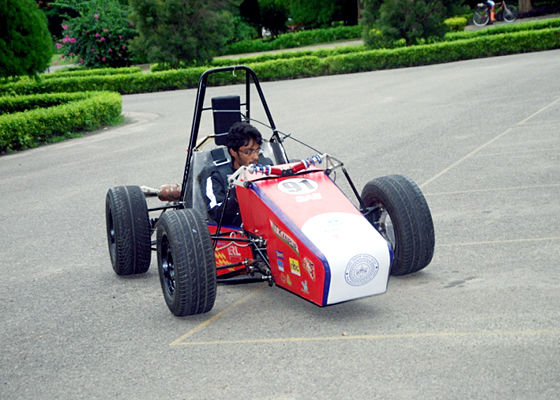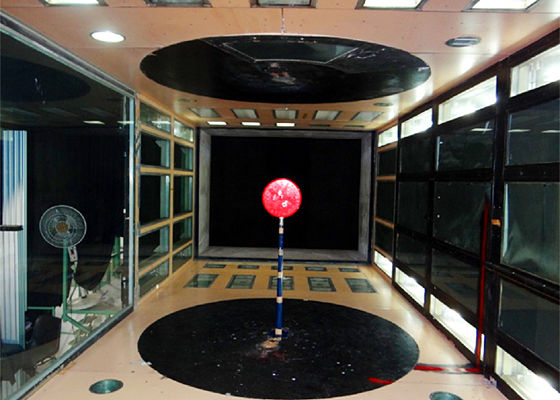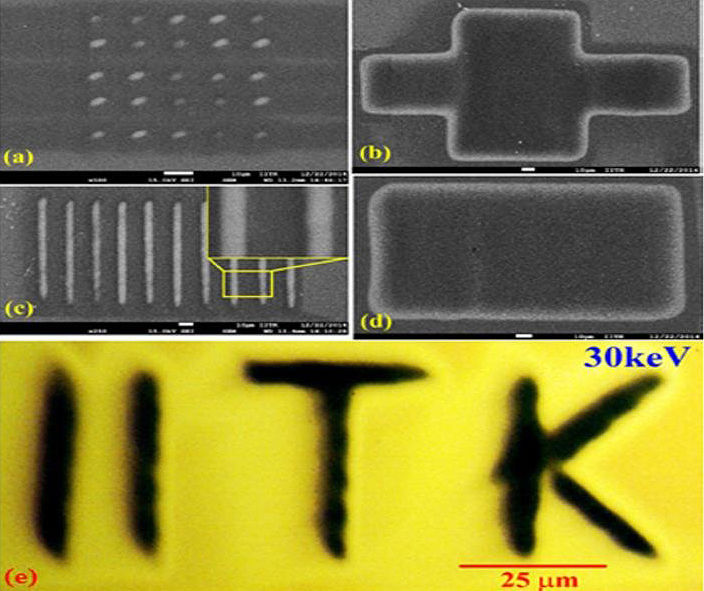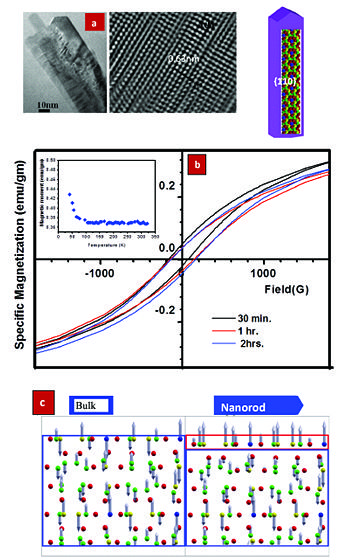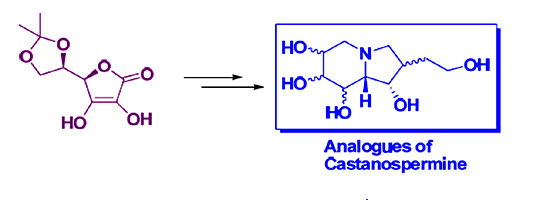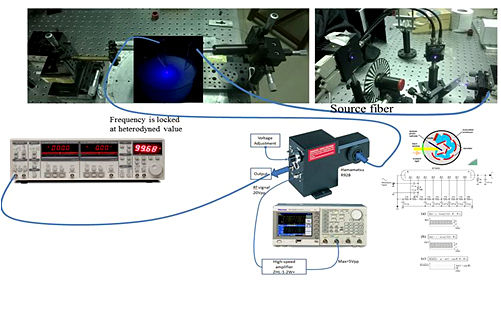
PI: Niraj Sinha
The area of bone tissue engineering integrates principles of biology and engineering with the ultimate goal of creating artificial scaffold materials to proliferate, differentiate and organize into normal, healthy bone as the scaffold degrades. In past, several scaffold materials have been used as substrate to grow osteoblasts (the bone forming cells) in vitro. Most of the artificial bone scaffolds used in bone graft currently possess relatively low strength and are often susceptible to immune rejection. With advancements in synthesis techniques, glasses have emerged as potential materials for bone tissue engineering. At the same time, the incorporation of carbon nanotubes (CNTs) in glasses can improve the mechanical properties of the bone scaffolds and may be beneficial for osteoblast cell attachment and proliferation. This work focuses on composites of CNTs and borate-based glasses for bone tissue engineering applications. The overall goal is to improve our understanding of how the composition, surface roughness, sample dimensions and experimental conditions impact the performance of the glass-CNT system.




